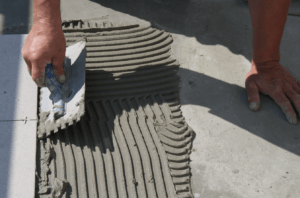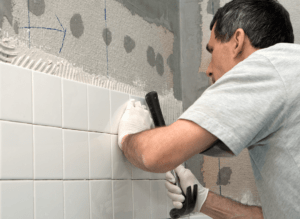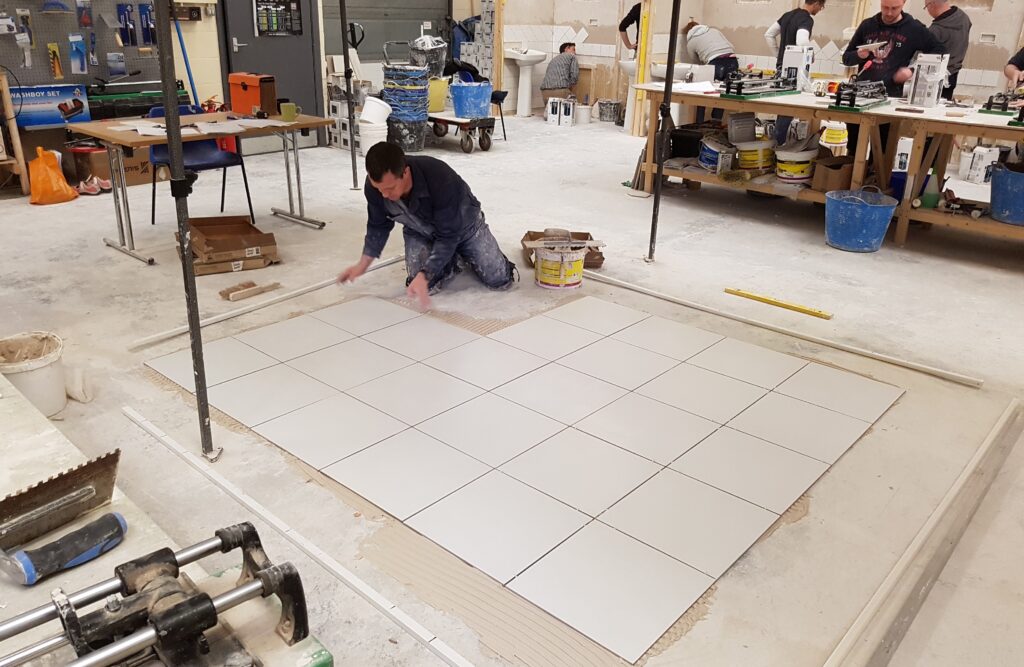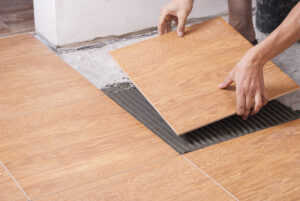
So, you’ve finally chosen your new tiles to transform your kitchen, bathroom or conservatory floor, and, although, it has taken a while to choose the tiles, you’re more than happy with your choice and are ready to improve your home’s interior.
However, whilst you have chosen your ideal internal tiles, it is extremely important not to overlook which cement tile adhesive you use, and, ultimately, you should ensure you mix the cement tile adhesive correctly.
Many people are under the impression that the tile adhesive is not important inside the property as they say that internal tiles are not left open to stress from harsh weather conditions or corrosion. That, however, is untrue, after all, internal tiles should be applied equally strongly for durability and for supreme interior quality.
Here’s a few tips on how to mix cement tile adhesive:
Before you start
Make sure the surface you are applying your tiles to is dry and acrylic primed. Make sure your floors are covered and the room is prepared for the tiling work.
Make sure you have all the tiling equipment you need to hand, including safety goggles or glasses, and gloves.
You will need to make sure that you purchase the correct type of adhesive for the surface you are applying the tiles on to. It is also highly important to abide by the manufacturer instructions on adhesive you are using. Many of the instructions will be slightly different, so make sure you are following the correct instructions.
Advice when applying the tiles
Take your time when applying the tiles to the surface and make sure you are working for precision and accuracy. Taking time and care makes a huge difference between a professional project and a mediocre job.
Although applying adhesive is extremely important for the success of the tile installation, all you need is practice and dedication to get it right. So, don’t panic! Here’s some advice when applying the tiles with adhesive.
Keep calm and apply the adhesive accurately
When applying the tiles with the cement adhesive, the following points can make the job simpler to complete and leave an improved finish:
- Use a spirit level before you apply the tile adhesive to make sure the surface is level or flat.
- Use a drill and mixing paddle to mix the cement adhesive by adding water to the powder.
- Make sure there are no lumps in the adhesive and it is the consistency of a thick paste.
- Spread the adhesive with a notched trowel to cover the surface.
- Place the first tile securely into the adhesive and slide away about 5 mm then back, using a batten for support and leaving enough space between each tile.
- Check frequently that the tiles are aligned flush with the wall, using a spirit level.
- Don’t apply too much adhesive, the adhesive should not fill the grout lines.
- If any adhesive gets onto the tiles, make sure you wipe it off straight away with a damp sponge.
- Once all the tiles are applied, leave the adhesive to dry thoroughly before continuing with the grouting.
More tiling advice from UK Pro Tiling Training
If you would like some more information about tiling from UK Pro Tiling Training, then take a look at our website’s Guides section.

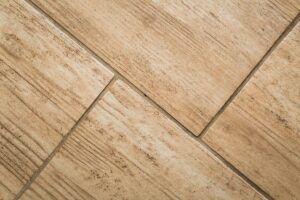
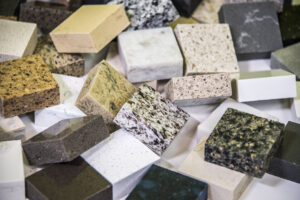 If you are familiar with the tiling industry and different types of tiles, then you’ll have heard about various options of floor and wall tiling that can be used in various applications. Some choices of tiling materials are made from natural stone, rather than manmade materials like vinyl and laminate tiles.
If you are familiar with the tiling industry and different types of tiles, then you’ll have heard about various options of floor and wall tiling that can be used in various applications. Some choices of tiling materials are made from natural stone, rather than manmade materials like vinyl and laminate tiles.
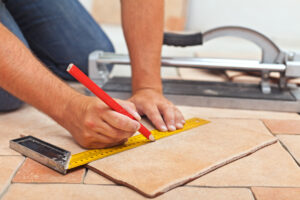 Tiling is often a career that people go into at an older age. After all, the process of laying tiles is not taught in schools. That’s why tiling courses, accessible to those who have been out of the learning environment and trained in other disciplines, are extremely important for those looking to start a new career in tiling.
Tiling is often a career that people go into at an older age. After all, the process of laying tiles is not taught in schools. That’s why tiling courses, accessible to those who have been out of the learning environment and trained in other disciplines, are extremely important for those looking to start a new career in tiling.
